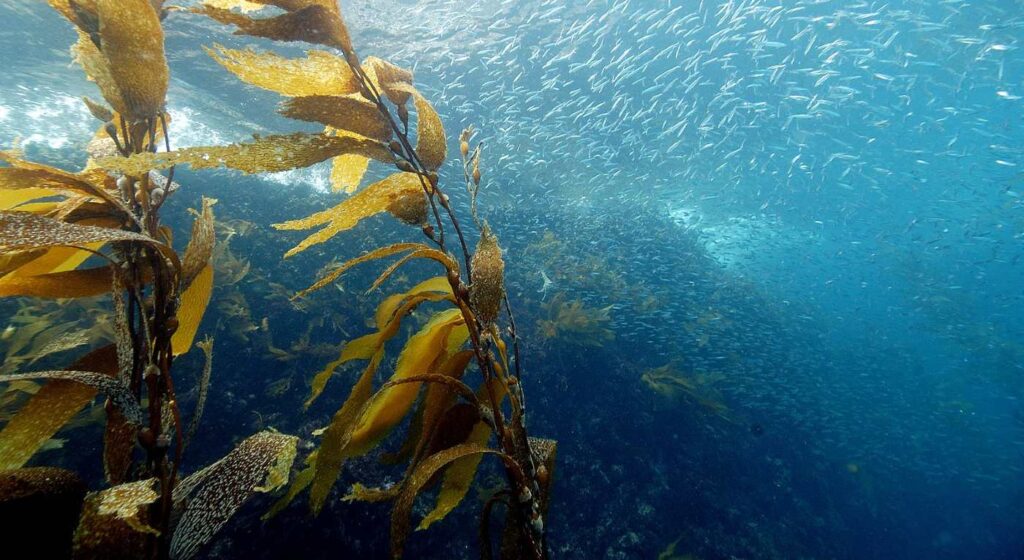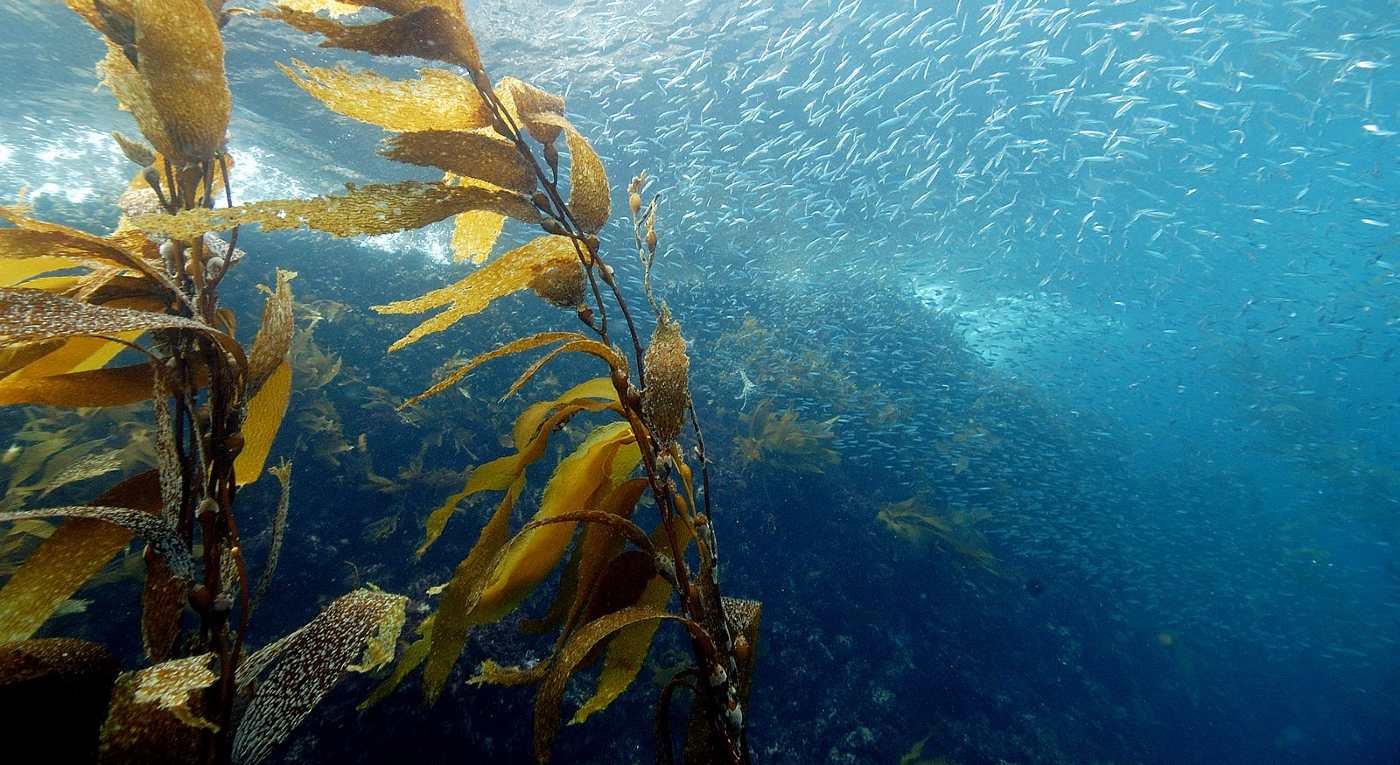
Great forests of ocean kelp were found in a recent study to be between 4 and 11-times more productive than the most productive crops grown today like wheat, corn, and rice.
On land, the fastest growth rates occur in the tropics, but in the ocean the most productive ecosystems are found in the temperate zones where cool, nutrient-rich waters create forests of golden, bull, and bamboo kelp that can grow 100 feet tall (35 meters).
This was the result of a global diving survey organized by the University of Western Australia, during which they found the most productive sea forests outgrow even the mighty Amazon Rainforest.
These most productive forests came from South Australia and South Africa, where can be found the Great Southern Reef and the Great African Sea Forest respectively.
The Great African Sea Forest is believed to be expanding in size, unlike many other mega undersea habitats. Made up of bamboo kelp, and containing huge amounts of biodiversity, it stretches over 400 miles from Cape Town’s waters to Namibia’s, nourished by an Antarctic current known as the “Benguela upwelling.”
The Great Southern Reef in Australia is fringed by a golden kelp forest stretching 5,000 miles across the continent’s coast. Next to the golden kelp, bull kelp can grow at a rate of 14 centimeters per day.
“On land, we can use satellites to measure tree growth, but underwater things are much more complicated as most satellites cannot make measurements at the depths kelp forests are found,” Dr. Albert Pessarrodona from the university’s Oceans Institute and School of Biological Sciences, told the Sydney Morning Herald.
To get around this fact, divers around the world compiled productivity reports on kelp forests, which were then compared and analyzed for nutrient levels, sun penetration, and wave exposure.
RELATED: Seaweed is the Food –and Fuel– of a Sustainable World, And it May Start in Australia
The findings were that tropical forests were not the most productive, and that those from the temperate zones contain kelps that can grow 11-times faster than wheat, corn, or rice.
This mass natural production aids in the world’s food security, the authors found, and nowhere is this more demonstrated than Indonesia. The aquaculture of their seaweed forests create products as varied as bioplastics alongside ice cream.
SEE: Share a Moment of Awe With This Jewel of Australian Animals: the Leafy Seadragon
As well as assisting in human flourishing, these forests play a critical role in the global carbon cycle by absorbing carbon dioxide from the atmosphere. Much like their productivity being much higher than terrestrial counterparts, the rate at which they absorb CO2 has been measured at 30x faster than trees on land.
Scientists from the non-profit Great Southern Reef estimate that if just 0.001% of the ocean’s surface was cultivated with these productive forests, it would offset the emissions of the entire global aquaculture industry.
SHARE These Mind-Blowing Facts To Your Climate Conscious Friends…




















